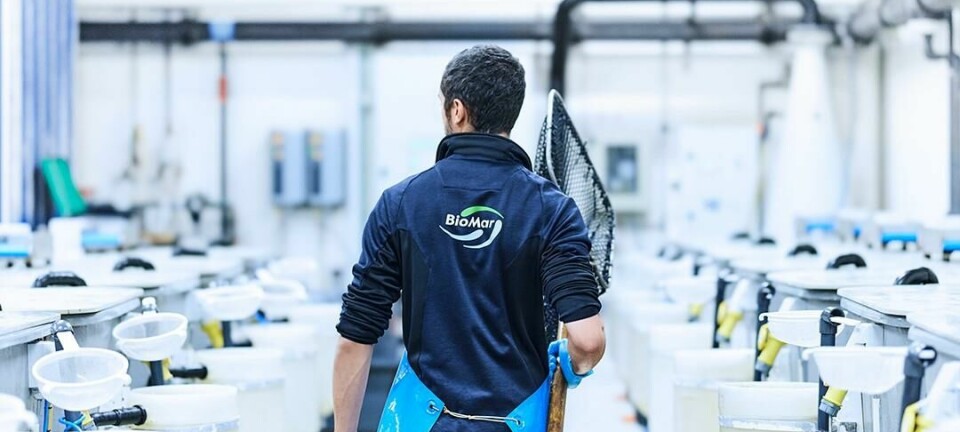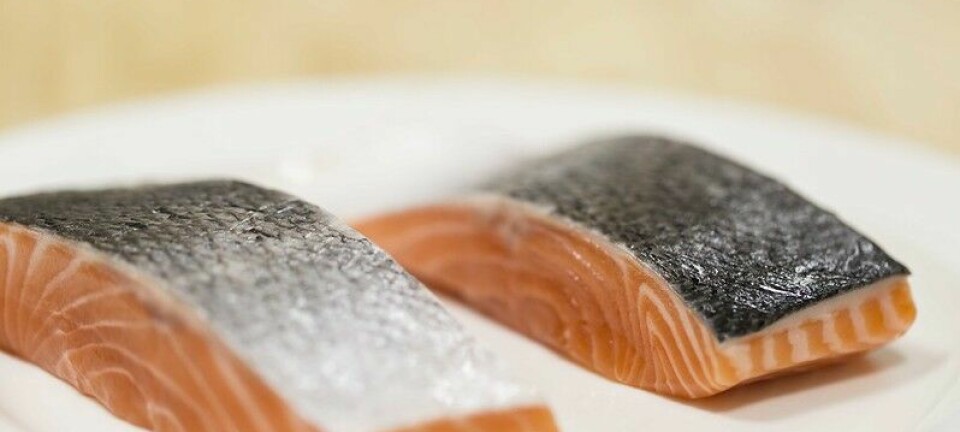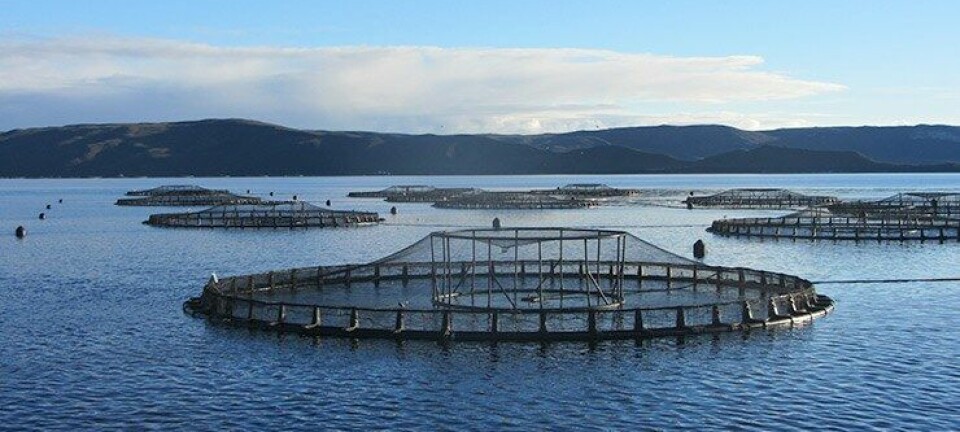
Copper alloy net shows its mettle in test farming cycle
A submersible salmon cage developed for oceanic farming in Chile has delivered positive results from a test production cycle due to its copper alloy net.
The main benefits seen were a low level of fish stress, high growth rates, and an 18% reduction in production costs.
Since 2007, EcoSea has been developing cages with antibacterial and antifouling copper alloy nets that reduce the amount of diving and use of boats required for cleaning, maintenance, and replacement of traditional nylon nets and therefore generate significant operating cost savings.
£5.6m programme
The EcoSea solution captured the attention of state innovation funder Corfo in mid-2018, leading to the Technological Development Programme for Ocean Aquaculture, with a six-year plan and an investment of more than 6.3 billion pesos (£5.6 million).
The programme has completed testing of a prototype 40-metre diameter (126-metre circumference) submersible cage developed by EcoSea and found several advantages, including a low stress level of the fish because there were no predator attacks.
When comparing the performance of the EcoSea cage net and traditional nylon nets, it was also shown that the salmon grow at a better rate. Although in both cases fish of similar size were harvested, stocking in the copper alloy cage was carried out two months later and with salmon 47.5% smaller.
No losses to sea lions
Fish in the EcoSea cage also had a 2% lower mortality rate.
“The production cycle with the submersible cage showed rapid growth development, low bacterial and parasite (lice) loads and zero losses from sea lion attacks. From an operational point of view, the technology is very friendly, safe and efficient, with very low fouling adhesion, thus validating a robust and reliable cultivation system,” said Omar Cheuquepil, head of production for Invermar, part of a technological consortium involved in the development programme.
The test was carried out in an inland sea area of Chiloé. The next step is to carry out more farming cycles that will integrate technologies focused on automation and remote operation for offshore aquaculture.






















































